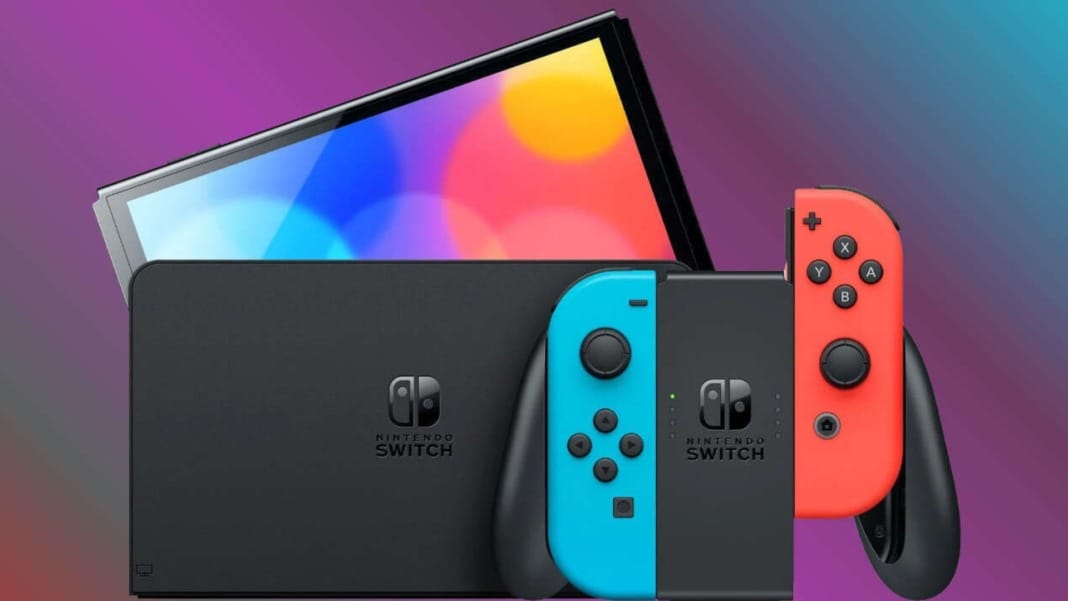Apple has made another change to its new design style in iOS 26, and this time, it’s more frosted than ever. Suppose you’ve been keeping an eye on the evolution of Apple’s “Liquid Glass” design language. In that case, you’ll notice that the third developer beta brings a noticeable shift—less transparency and more solid visuals across the interface.
Transparency scaled back for clarity
In this latest update, Apple has reduced the level of transparency used in key system components, including navigation bars, tabs, and buttons. If you recall how iOS 26 was first introduced at WWDC, Apple proudly showcased a highly transparent interface where elements appeared to float above your content. But now, you’ll find that those same elements look much more frosted and less see-through.
Apple initially began toning down Liquid Glass earlier this year, after many users said that the design made it hard to view certain items, especially icons inside places like Control Centre. Apple took that feedback seriously. With the latest changes in beta 3, the company has made the design even less transparent to improve readability and usability across the system.
Some users welcome the change, others push back
While these adjustments may make things easier on the eyes, not everyone is happy. Online reactions have been mixed, with some beta testers saying the new look feels like a downgrade.
Sam Kohl from AppleTrack shared his thoughts on social media platform X, saying: “iOS 26 beta 3 completely nerfs Liquid Glass. It looks so much cheaper now and feels like Apple is backtracking on their original vision.” Others echoed the same feeling, with some calling the move a “step backwards” and asking Apple to “stop ruining” the Liquid Glass design.
iOS 26 beta 3 completely nerfs Liquid Glass.
— Sam Kohl (@iupdate) July 7, 2025
It looks so much cheaper now and feels like Apple is backtracking on their original vision. pic.twitter.com/WNG8O2qjeg
Interestingly, some users noted that the frosted effect varies depending on the app. This suggests that the level of transparency might still be adjustable by developers, or that Apple hasn’t yet finalised how it will look across the system. Either way, this isn’t the first time Apple has made subtle visual changes mid-way through development.
Final design still in progress ahead of September release
It’s important to remember that this is still a developer beta, and not the final version. Apple is likely to continue adjusting the interface based on feedback from developers and testers before the full public release of iOS 26, expected in September.
The Liquid Glass design was a bold move by Apple, meant to blend style with function. However, you’re now seeing how the company is refining it to find the right balance. Whether you loved the original look or prefer the more frosted version, it’s clear Apple is still working to perfect its next big visual update.
If you’re not a developer and want to see the final product, you’ll have to wait until the official rollout later this year. Until then, these changes offer a small but interesting glimpse into how Apple continues to evolve its design choices—one beta at a time.





